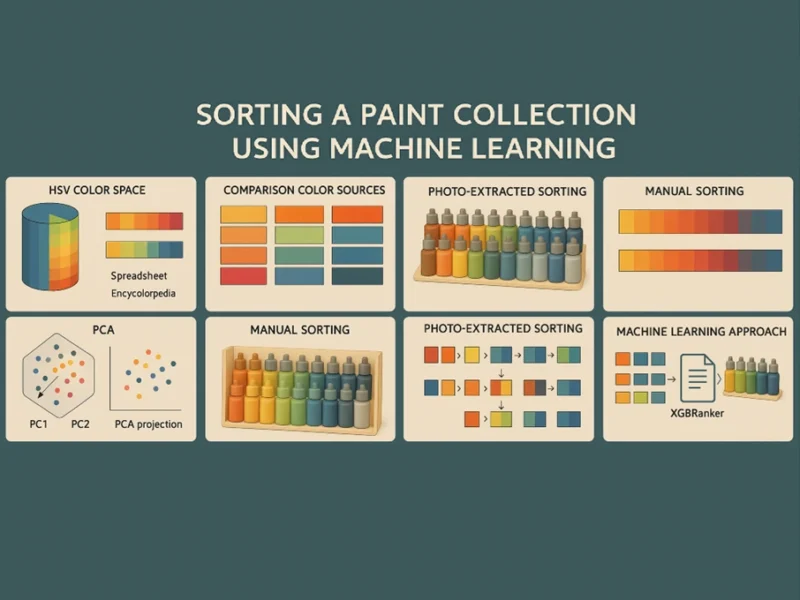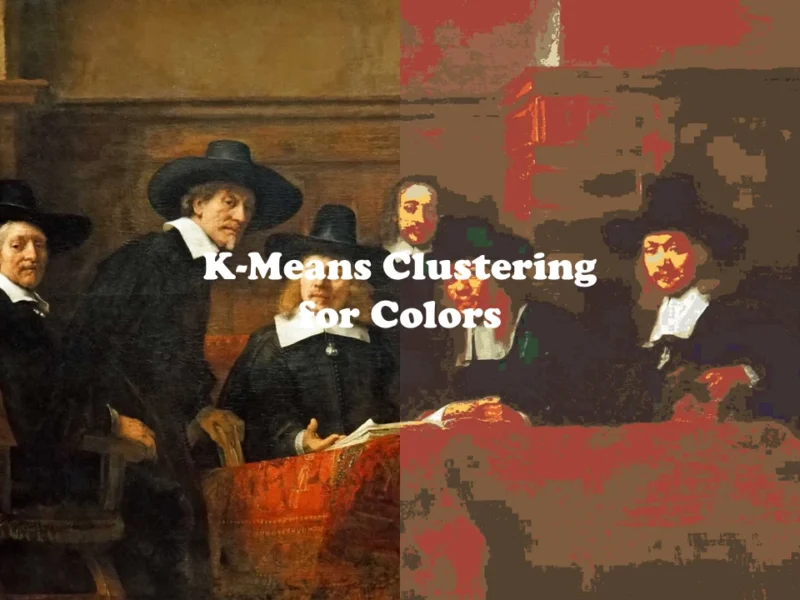Majoranas: The Next Step in Quantum Computing
Microsoft’s Azure Quantum team is developing quantum chips using topological qubits, leveraging Majorana zero modes for stability. Their research on superconducting nanowires could accelerate quantum computing advancements. This article explains Majorana physics, its role in quantum systems, and Microsoft’s roadmap for scalable quantum computing, offering insights into this groundbreaking development.
Exchange interaction
Electrons prefer parallel spins due to the quantum mechanical concept of exchange energy, which lowers their system's total energy. This preference is a result of the Pauli exclusion principle and the antisymmetric nature of fermion wavefunctions, reducing Coulomb repulsion and stabilizing the system in quantum mechanical interactions.











